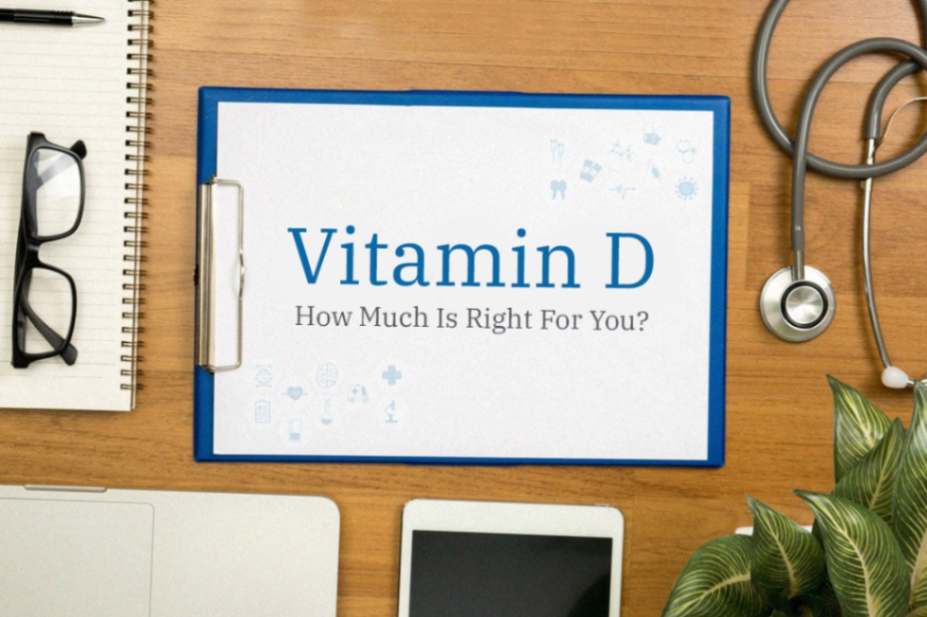Why are we seeing vitamin D pills with doses ranging from 1,000 to 10,000 IU even though the National Academy of Sciences suggests consumption of only 400 to 800 IU of vitamin D daily?
In the early days following discovery of vitamin D in 1922 by Edward Mellanby, just 400-600 IU was deemed to be sufficient to prevent rickets (bone softening) in growing children. However, there are many health benefits to vitamin D besides preventing rickets. More vitamin D is needed to optimize the immune system.
"The Big Vitamin D Mistake"
In a report entitled “The Big Vitamin D Mistake” published in the Journal of Preventive Medical Public Health in 2017, it was revealed that the number of excess deaths from all diseases falls dramatically at blood levels of Vitamin D that exceed 100 nanomoles per liter of blood. To achieve that level, breast fed infants would need 1500 units of vitamin D, children over age 1 would need 3000 units, and young adults around 8000 units per day! It takes 8895 units of vitamin D for 97.5% of adults to achieve the 50-point level. So now it’s just a matter of how healthy you want to be.
When Dr. John Cannell founded the Vitamin D Council in 2003 to educate the public about “the sunshine vitamin,” many Americans thought they were getting enough vitamin D from fortified milk and were hesitant to take vitamin D pills that appeared to provide mega-doses.
Can you get too much vitamin D?
But then it became evident that someone standing in the midday summer sun would make about 10,000 IU of vitamin D in an hour (your body produces vitamin D when the sun’s rays convert cholesterol into the vitamin). And no one is known to have developed vitamin D poisoning from spending an hour in the sun. So, fears of an overdose subsided. And these days, with the recommendations for sunscreen cutting out the amount of vitamin D people make naturally, that 10,000 IUs from being outside for an hour is pretty much out of reach.
And then there are the doctors who inject 300,000 units of vitamin D at one sitting into older women for wintertime bone protection without side effects. Suddenly, it becomes apparent that 400 IUs of vitamin D is a mere drop in the bucket.
In 1998, researcher Reinhold Vieth reported that supplemental intake of 400 IU vitamin D/day barely elevates blood levels, raising them by only 7 to 12 points. To achieve a desirable range of 50 to 80 nanomoles per liter requires an intake of approximately 2100 IU vitamin D per day.
More is better but excessive mega-doses are stored in the liver, can crowd out vitamin A, and may produce side effects if blood levels go over 150. Mega-doses taken over a long time can (rarely) produce headaches, fatigue, frequent urination, nausea, vomiting, poor appetite, and constipation—but these are reversible symptoms.
How much vitamin D is right for you?
The bottom line is, when you read the Supplement Facts box for 5000 IU vitamin D supplements and it says you are getting 625% of the recommended Daily Value, that is not an overdose. For most adults, 5000 IU achieves desirable blood levels. And balancing vitamin D with co-factors such as zinc, vitamin K, magnesium, and boron makes for an ideal vitamin D supplement. These nutrients work together with vitamin D for a host of benefits including bone health, immune system function, cardiovascular integrity, and more.









